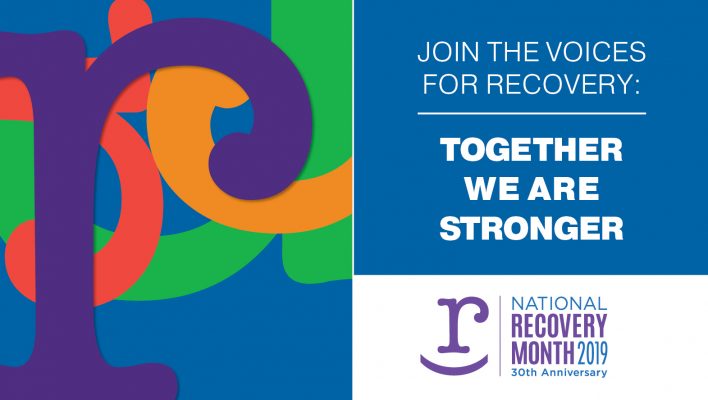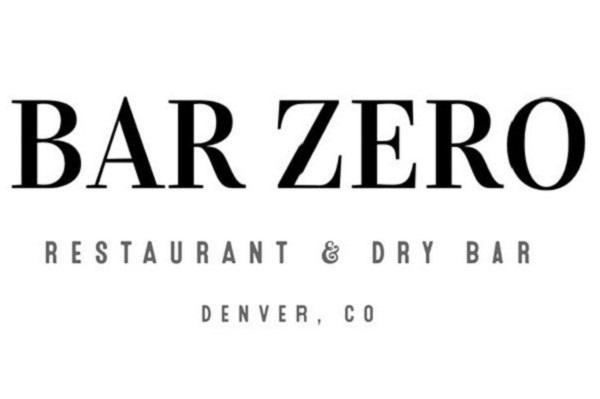More than two-thirds of drug overdose deaths in the United States in 2017 involved opioids, according to the Centers for Disease Control and Prevention, escalating an epidemic the CDC says “continues to worsen and evolve.” From 2016 to 2017, opioid-related overdose deaths increased 12 percent overall, surging among all age groups 15 and older.
The CDC report’s recommendations for curbing opioid-related overdose deaths include “increasing naloxone availability, expanding access to medication-assisted treatment, enhancing public health and public safety partnerships, and maximizing the ability of health systems to link persons to treatment and harm-reduction services.”
Naloxone is a medication often used by first responders because it can rapidly reverse opioid overdose. It is an opioid antagonist—it binds to opioid receptors and can reverse and block the effects of other opioids. It can quickly restore normal respiration to a person whose breathing has slowed or stopped as a result of overdosing with heroin or prescription opioid pain relievers.
Medication-assisted treatment (MAT) is used to decrease opioid use, opioid-related overdose deaths, criminal activity, and infectious disease transmission. Medications used for the treatment of opioid use disorder are buprenorphine (Suboxone, Subutex), methadone, and extended release naltrexone (Vivitrol). Some of these drugs are controversial in the recovery community because they are themselves opioids.
The National Institute on Drug Abuse, a US government research institute, clarifies that contrary to what some critics say, “methadone and buprenorphine DO NOT substitute one addiction for another. When someone is treated for an opioid addiction, the dosage of medication used does not get them high–it helps reduce opioid cravings and withdrawal. These medications restore balance to the brain circuits affected by addiction, allowing the patient’s brain to heal while working toward recovery.”
The use of these medications should always be combined with behavioral counseling with the ultimate aim of ceasing all substance misuse.
HOPE – Harmony’s Opioid Programming Experience
Harmony has provided all clients with medication-assisted treatment for many years. This combination of education, counseling, and the use of medication in early recovery is part of the Harmony philosophy. HOPE expands MAT to include medications that alter the physical response to opioids, reduce cravings, and give the patient time to heal from the psychological, social, and spiritual wounds of addiction.
“It’s important to remember that MAT is only a small part of the picture,” says Harmony’s medical director Christopher Reveley. “That is why we call it ‘medication-assisted’ treatment, because by itself it is not the treatment. Used alone it has a low probability of being successful.”
At Harmony, HOPE begins with thorough medical and psychological evaluations. Collaboration with the patient, members of the interdisciplinary team and, when appropriate, family and referral sources, determine the most effective treatment plan. All HOPE clients are invited to participate in weekly support groups led by a professional addiction counselor. These groups address the unique challenges of early opioid recovery, including uncomfortable physical and psychological symptoms, cravings, and strategies to avoid relapse. In this setting, clients support each other and are educated about the process of recovery.
Medication-assisted therapy may help stabilize the patient for these challenges in early recovery. “It gives people an opportunity to step out of the chaos of addiction and consider other ways of being,” says Dr. Reveley. “I never felt that buprenorphine was meant as a lifelong or even long-term solution.” Although there may be exceptions. It all depends on the individual needs of the patient. Reveley remembers a patient who had been on methadone for 46 years. “He tried to taper off a dozen times and relapsed to heroin use every single time. His family was initially very opposed to him being on methadone but eventually they told him ‘this is working, your life depends on it.’ So there are people on either end of the bell curve but in most cases buprenorphine is only a small but important part of the solution.”
Buprenorphine can be an important tool, especially in early recovery from opioid use disorder. The medication offers patients the opportunity to start living a “normal” life, far removed from the drug culture lifestyle they may have been immersed in while using heroin and other opioids. People are dying every day from opioid overdoses, especially in the age of the fentanyl scourge. Buprenorphine may provide the buffer that enables them to launch into sustained recovery. It is a buffer that can save people with addiction from a potentially lethal overdose.
Harmony has been treating addiction for 49 years and HOPE is now offered to all Harmony clients with opioid use disorders. The program involves enhanced medical, counseling, and case management services specifically tailored to meet these clients’ unique needs.
The Harmony care team works closely with clients who choose to include buprenorphine in their treatment strategy. This will typically involve full participation in HOPE and a recommendation for participation in Harmony’s Transitional Care Program (TCP), an intensive, 90 day intensive outpatient program coupled with monitored sober living and medication management by Harmony providers. When clinically indicated or to accommodate client preference, Harmony’s case managers may refer clients to other programs with similar services.
If you or someone you know is struggling with opioid use disorder and needs help, call Harmony at 970-432-8075 and one of our admissions specialists can discuss next steps.











